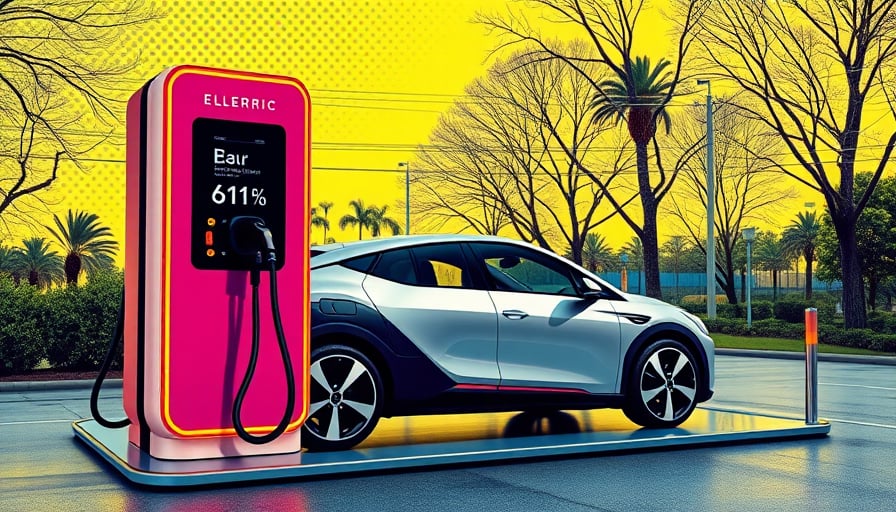Xiaomi Corp. Reports Record 3Q 2025 Earnings and Accelerated EV Growth
Xiaomi Corp. (ISIN: KYG9830T1067), listed on the Hong Kong Stock Exchange, announced its third‑quarter 2025 results on 18 November 2025. The company posted an 81 % increase in net profit to 0.52 HKD per share, up from 0.33 USD in the same period last year, and a 22.3 % rise in revenue. The earnings release highlighted a sharp expansion in the electric‑vehicle (EV) and artificial‑intelligence of things (AIoT) segments, while acknowledging rising production costs.
Earnings Highlights
| Metric | 3Q 2025 | 3Q 2024 | Change |
|---|---|---|---|
| Earnings per share | 0.52 HKD | – | +81 % |
| Revenue | – | – | +22.3 % |
| Net profit | – | – | +81 % |
The company also announced a significant increase in research‑and‑development (R&D) spending to support its expanding product lines.
EV Production Milestone
Xiaomi EV, the automotive arm of the group, announced that it had produced 500 000 electric cars to date and has lifted its 2025 delivery target to 400 000 units. The unit has reportedly become profitable faster than many peers, including Tesla Inc. According to a Bloomberg report, Xiaomi achieved profitability in its EV business in less than half the time required by Tesla.
Analyst Reactions
- Citigroup reduced its price target for Xiaomi’s stock following concerns about rising memory‑chip costs that could compress margins.
- Goldman Sachs also lowered its 2026/2027 earnings forecast, citing potential headwinds from higher component prices.
- Despite the robust earnings report, the stock fell after the announcement, driven by profit‑taking and market sentiment that the gains were not sustainable amid cost pressures.
Market Context
Xiaomi’s share price closed at 37.7 HKD on 19 November 2025, within the 52‑week range of 26.8 HKD to 61.45 HKD. The company’s market cap stands at 972.8 billion HKD, with a price‑earnings ratio of 19.68.
The company continues to leverage its global brand and existing customer base to drive growth in both consumer electronics and new high‑margin sectors such as electric vehicles and AIoT. However, the mixed analyst commentary and short‑term share price decline suggest that investors remain cautious about the sustainability of its rapid expansion amid rising input costs.




